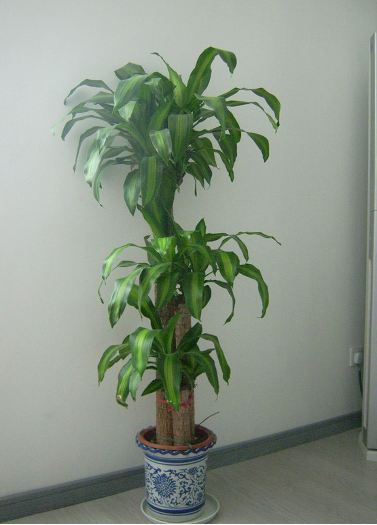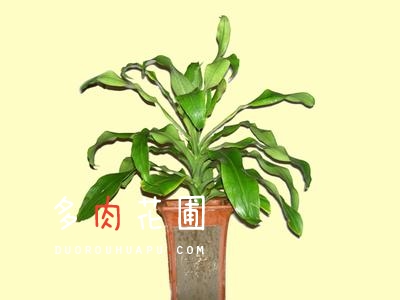Control methods of wood anthracnose in Brazil
[symptoms] the main symptoms are damaged leaves. In the early stage, the disease spot on the leaf was nearly round to oval, then enlarged and lengthened, white, grayish white to reddish brown, the edge was obvious, but irregular; in the later stage, there were small black spots on the disease spot, that is, the conidium disk of the pathogen.
[occurrence regularity] overwintering with mycelium and conidia disk in the diseased part or in the soil left by the diseased remains. A large number of conidia were produced from May to June of the following year, which were spread by wind and rain, carried out primary infection and repeated infection, and continued to spread until winter. The temperature is 25-30 ℃ and the relative humidity is more than 80%. Warm weather, wet or foggy, dew weight is conducive to the disease; partial application of nitrogen fertilizer or plant cover, poor ventilation and light transmission will aggravate the disease.
[control methods] ① Brazil prefers warm and well-drained soil rich in humus. The family pot substrate can mix garden soil, rotten leaf soil, sawdust or sawdust at 2:1:1, and top dressing every 20 to 30 days in the peak growing season from April to August. In the early stage of ②, 50% thiophanate suspension was sprayed with 1000 times, 50% Shibaogong or bak wettable powder 1000 times, 30% copper hydroxide suspension 600 times, 10% high water dispersible granules 3000 times, 70% thiophanil wettable powder 1000 times, 75% chlorothalonil wettable powder 1000 times, 50% compound thiophanate wettable powder 1000 times, 40% polysulfide suspension and 50% carbendazim wettable powder 1000 times. ③ family potted Brazilian wood can be applied to the disease spot with medical daconine ointment, which is effective.
Prevention and control of wood anthracnose in Brazil
Some flower friends in Brazil have anthrax. Now we will briefly introduce the symptoms, rules, prevention and treatment of anthrax in Brazil.
-, symptoms:
1. The disease causes large leaf spots, and when severe, all the leaves are withered and rotten, losing commercial value.
2. The disease is harmful to a variety of Brazilian diseases. The disease spot mainly occurs at the leaf tip and leaf edge. In the early stage of the disease, small yellow spots appeared on the leaves, and after expansion, they showed irregular large spots and reddish brown; in the later stage of the disease, the center of the disease spot was brown to gray-white, on which there were many small black spots, dark brown margin and yellow halo outside.
Second, the regularity of the disease:
The pathogen overwintered in diseased leaves, diseased plants and diseased bodies, and was spread by wind, rain and water droplets.
2. High temperature (25 degrees Celsius ~ 30 degrees Celsius), heavy rain, poor ventilation and humidity, partial application of nitrogen fertilizer and poor plant growth are all beneficial to the disease.
3. The disease occurred outdoors from 5 to 10 months, serious in the rainy season, and annual indoor disease.
3. Prevention and control methods:
Preventive measures: timely drainage after rain, greenhouse often ventilated and transparent, dehumidification and cooling; application of sparse organic fertilizer or special fertilizer sold in the market in the peak growing season from April to August, about once a month, appropriate amount of phosphorus and potassium fertilizer; the cultivation substrate should be loose, permeable and fertile.
Treatment: at the initial stage of the disease, spray 50% to make 100 grams or protect the work of wettable powder 1000 times, or 10% of the world high water dispersible granule 3000 times, or 25% should get suspension l000 times, or 25% carbon tetralin wettable powder 500 times, etc. Once in 7 ~ 10 days.

The prevention and control methods of Brazilian wood anthracnose some flower friends have anthracnose in their homes. Now the symptoms, rules and prevention methods of Brazilian wood anthracnose are briefly introduced as follows: first, symptoms: 1. The disease causes large leaf spots. In serious cases, a clump of leaves withered and rotted, losing commercial value. 2. The disease harms many kinds of Brazilian wood. The disease spot mainly occurs at the leaf tip and leaf edge. In the early stage of the disease, small yellow spots appeared on the leaves, and after expansion, they showed irregular large spots and reddish brown; in the later stage of the disease, the center of the disease spot was brown to gray-white, on which there were many small black spots, dark brown margin and yellow halo outside. Second, the regularity of the disease: 1. The pathogen overwintered in diseased leaves, diseased plants and diseased bodies, and was spread by wind, rain and water drops. 2. High temperature (25 ℃ ~ 30 ℃), heavy rain, poor ventilation and humidity, partial application of nitrogen fertilizer and poor plant growth are all beneficial to the disease. 3. The disease occurred outdoors from May to October, the disease was serious in the rainy season, and the annual disease occurred indoor. Third, prevention methods: timely drainage after rain, greenhouse often ventilated and transparent, dehumidification and cooling; application of sparse organic fertilizer or special fertilizer sold in the market in the peak growing season from April to August, about once a month, appropriate amount of phosphorus and potassium fertilizer; the cultivation substrate should be loose, permeable and fertile. Treatment: at the initial stage of the disease, spray 50% to make 100 grams or Baogong wettable powder 1000 times, or 10% high water dispersible granule 3000 times, or 25% should get 1000 times suspension, or 25% carbon tetralin wettable powder 1000 times, and so on. Once every 10 days.
- Prev

Brazilian wood hydroponic essentials?
1. Brazil wood hydroponic selection points grow healthy; belly of small soil culture plants with root washing hydroponic cultivation, the best in the container to add ceramsite, 2 weeks after the growth of white aquatic roots. Also can be selected in May to September with leaves of the top shoot direct water planting. New roots grow in about 20 days
- Next

How to cut camellias
How to cut camellias
Related
- Fuxing push coffee new agricultural production and marketing class: lack of small-scale processing plants
- Jujube rice field leisure farm deep ploughing Yilan for five years to create a space for organic food and play
- Nongyu Farm-A trial of organic papaya for brave women with advanced technology
- Four points for attention in the prevention and control of diseases and insect pests of edible fungi
- How to add nutrient solution to Edible Fungi
- Is there any good way to control edible fungus mites?
- Open Inoculation Technology of Edible Fungi
- Is there any clever way to use fertilizer for edible fungus in winter?
- What agents are used to kill the pathogens of edible fungi in the mushroom shed?
- Rapid drying of Edible Fungi

